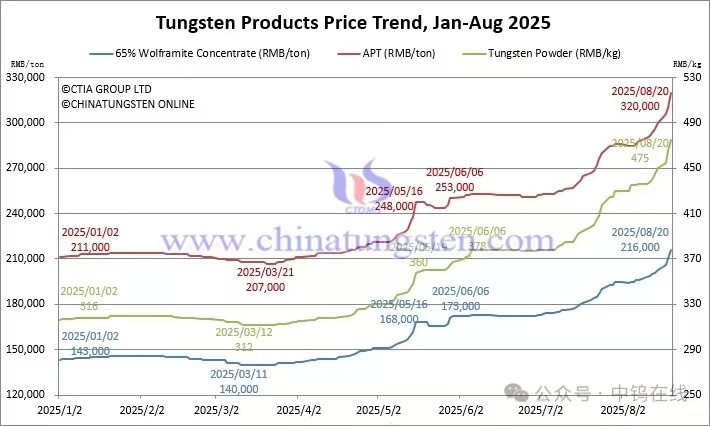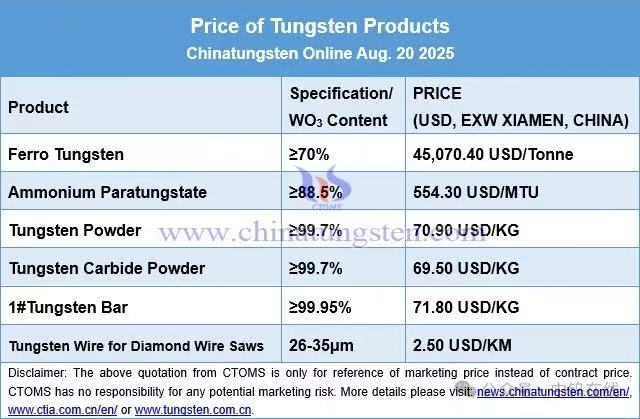Views: 0 Author: BMR TOOL GROUP Publish Time: 2025-08-21 Origin: Site









Since from June 2025s, tungsten carbide products have witnessed a significant price surge, drawing attention from industries worldwide. As a strategic material widely used in cutting tools, mining equipment, aerospace, and new energy sectors, tungsten carbide has become a critical indicator of both industrial and geopolitical trends. We are going to express the reasons behind the price surge from domestic Chinese factors and international dynamics from our views.

1. Supply restrictions and rising costs
China, the world’s largest tungsten producer, has enforced strict quota systems on tungsten ore mining. In 2025, the quota dropped by 6.5% compared with the previous year. Meanwhile, ore grades have steadily declined—from over 0.4% a decade ago to below 0.3% today—raising extraction and processing costs. Tighter environmental regulations further increase expenses in energy consumption and tailings treatment, all of which push up the cost base for carbide products.
2. Strong demand from high-tech industries
Downstream industries such as electric vehicles, photovoltaics, wind power, and aerospace have seen rapid growth, driving demand for tungsten carbide tools and wear-resistant components. For instance, tungsten wire adoption in photovoltaic wafer cutting has risen above 40%. The machine tool sector has also rebounded, boosting consumption of carbide inserts and rods.
3. Policy and market expectations
China introduced export controls in 2025, applying a "one order, one license" rule to tungsten and other critical materials. This policy restricted overseas supply and heightened expectations of state reserve purchases. Coupled with stockpiling behavior among traders, these measures accelerated the upward momentum of carbide prices.
1. Expanding overseas demand
Global industries, particularly in Europe, Japan, and the U.S., rely heavily on tungsten carbide for precision machining, aerospace engines, and defense applications. As these industries expand, international demand for carbide products continues to grow.
2. Supply chain security and resource competition
Tungsten is classified as a critical strategic mineral in many countries. Governments in the U.S. and Europe have increased their strategic reserves while encouraging overseas mining projects. However, alternative supply sources remain limited, leaving the global market dependent on Chinese exports and pushing international buyers to bid up prices.
3. Financial markets and speculative capital
Beyond real supply and demand, speculative capital has entered the tungsten market. Geopolitical tensions and the perception of tungsten as a "hard asset" amplified its financial attributes, accelerating price increases beyond fundamental levels.
The surge in tungsten carbide prices reflects a complex interaction of supply-side constraints, demand expansion, policy tightening, and global competition. In the short term, prices are expected to remain elevated. Over the medium to long term, technological advances in recycling and new mine development may ease supply pressure, but strategic applications in energy, aerospace, and defense will keep the price floor high.
For manufacturers, rising carbide tool costs will pressure margins and accelerate the need for domestic substitution and technological innovation. On the international stage, China's role as the dominant supplier strengthens its bargaining power, underscoring the strategic importance of tungsten resources in the global industrial chain.